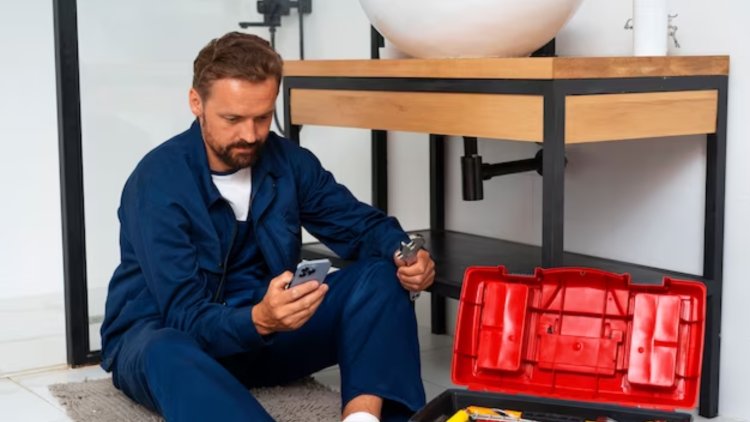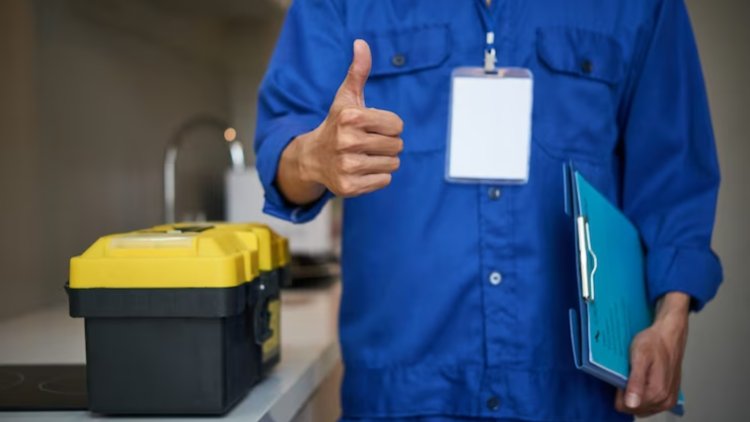How Long Does It Take To Become A Plumber
Explore the journey to becoming a plumber with our guide on how long it takes to achieve your plumbing career goals. Get insights into the education, apprenticeship, and certification timeline.

Becoming a plumber is a rewarding career choice that offers job security, competitive salaries, and the satisfaction of helping people with their plumbing needs. However, like any profession, it requires a certain amount of time and dedication to achieve the necessary skills and certifications. In this guide, we'll explore the typical timeline for becoming a plumber and the key milestones along the way.
Step 1: High School Education (4 Years)
The journey to becoming a plumber usually begins with a high school education, which takes around four years to complete. While in high school, it's beneficial to take courses in mathematics, science, and technical subjects. These classes provide a solid foundation for understanding plumbing principles and calculations.
Step 2: Plumbing Apprenticeship (2-5 Years)
After completing high school, aspiring plumbers typically enter a plumbing apprenticeship program. The length of the apprenticeship can vary, typically lasting anywhere from two to five years. During this time, apprentices work under the guidance of experienced plumbers and gain hands-on experience in the field.
Key aspects of a plumbing apprenticeship include:
- Learning plumbing techniques, tools, and materials.
- Developing problem-solving skills for diagnosing and fixing plumbing issues.
- Studying plumbing codes and regulations.
Step 3: Formal Education (Optional, 2 Years)
While not mandatory, some plumbers choose to pursue formal education beyond their apprenticeship. This can include enrolling in a community college or trade school program that offers plumbing courses. A formal education can provide a more comprehensive understanding of plumbing theory and may lead to advanced certifications.
Step 4: Licensing and Certification (Varies, Additional 1-2 Years)
To work as a plumber, you typically need to obtain a state or local plumbing license. Licensing requirements vary by location, but they often involve:
- Accumulating a specified number of apprenticeship hours.
- Passing a plumbing licensing exam.
- Meeting any additional requirements set by the local licensing board.
Additionally, some plumbers choose to pursue industry certifications, such as those offered by the Plumbing-Heating-Cooling Contractors Association (PHCC) or other relevant organizations. These certifications can enhance your professional credibility and earning potential but may require additional study and testing.

Step 5: Specialization (Varies)
After becoming a licensed plumber, you can further your career by specializing in specific areas, such as residential plumbing, commercial plumbing, or specialized fields like gas line installation or green plumbing. Specializations may require additional training and experience, which can extend your journey.
Step 6: Ongoing Professional Development
Plumbing technology and regulations continue to evolve, so plumbers are encouraged to engage in ongoing professional development. Attending workshops, seminars, and industry conferences ensures that you stay up-to-date with the latest advancements in plumbing.
In summary, the path to becoming a plumber typically takes several years, with most plumbers starting their careers after four years of high school education, followed by an apprenticeship that can range from two to five years. Additional education, licensing, and specialization can extend the timeline. However, the investment of time and effort is often rewarded with a stable and well-compensated career in the plumbing industry.
 drseervi
drseervi 














